The world of car mods is seemingly endless, but for many cars, the fun seems to stop at the speedometer. You will find cars that have had every inch of their bodies and interiors touched, but still sporting the original clocks. If you own an old BMW, Volkswagen, or a Honda S2000, however, there is one mod that can transform your vehicle. If you’re willing to brave AliExpress, you can outfit your old hooptie with a glorious digital instrument cluster that, in less than an hour, can make your car feel a decade newer inside.
It is easy to date some cars simply by looking at their instrument clusters. Gauges of the 1980s sometimes looked futuristic, while the gauges of the 1990s often reflected the times with lots of circles. Today, it seems like most new cars come outfitted with giant screens with flashy graphics. To their credit, these screens do make cars feel “techy” and can display information in ways that no physical gauge could. I especially love the screens that integrate driving maps and the vehicle’s cameras.
For more than a decade, one company has offered an interesting solution for drivers of old-ish cars that don’t have digital displays. ID4Motion provided enthusiasts of BMWs and Hondas with breathtakingly beautiful digital instrument clusters that looked just as good as the OEM clusters in new cars. Unfortunately, ID4Motion has closed up shop, its website is offline, and its social media pages have been wiped out. If you want a digital cluster for your car now, there’s really only one place to look, and it’s in an online marketplace like eBay or AliExpress.
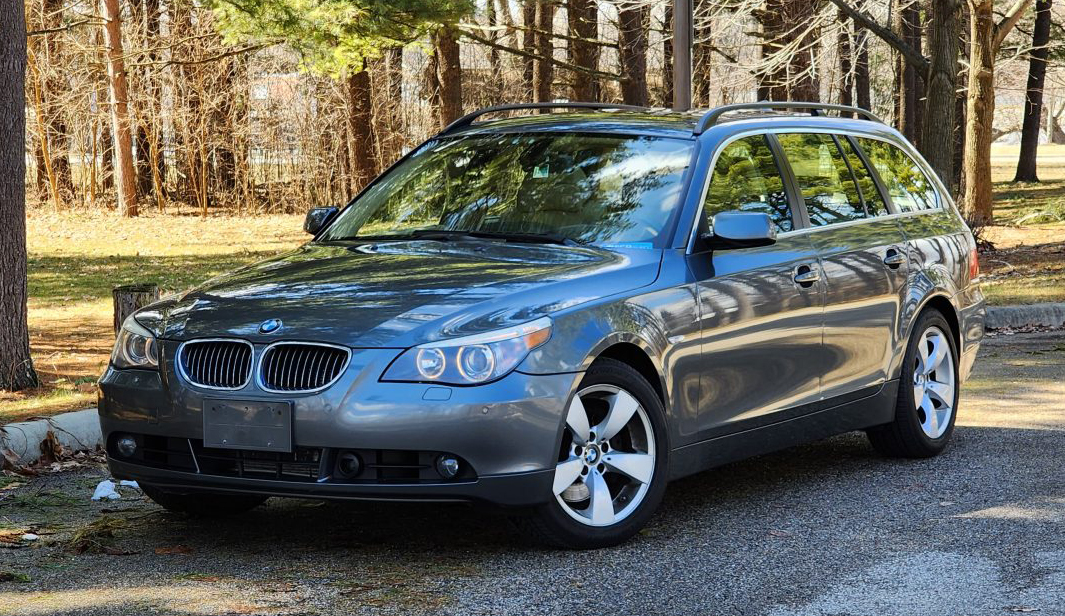
That’s where I recently found myself when I decided that I wanted to play with a digital cluster in the 2007 BMW 530xi that I bought from our secret designer, the Bishop. Since ID4Motion wasn’t an option, I rolled the dice on a clone cluster from China, and here’s what I got.
Nothing Wrong With Analogue
Now, I want to start this by saying that there was nothing wrong with the cluster that was already in the car.
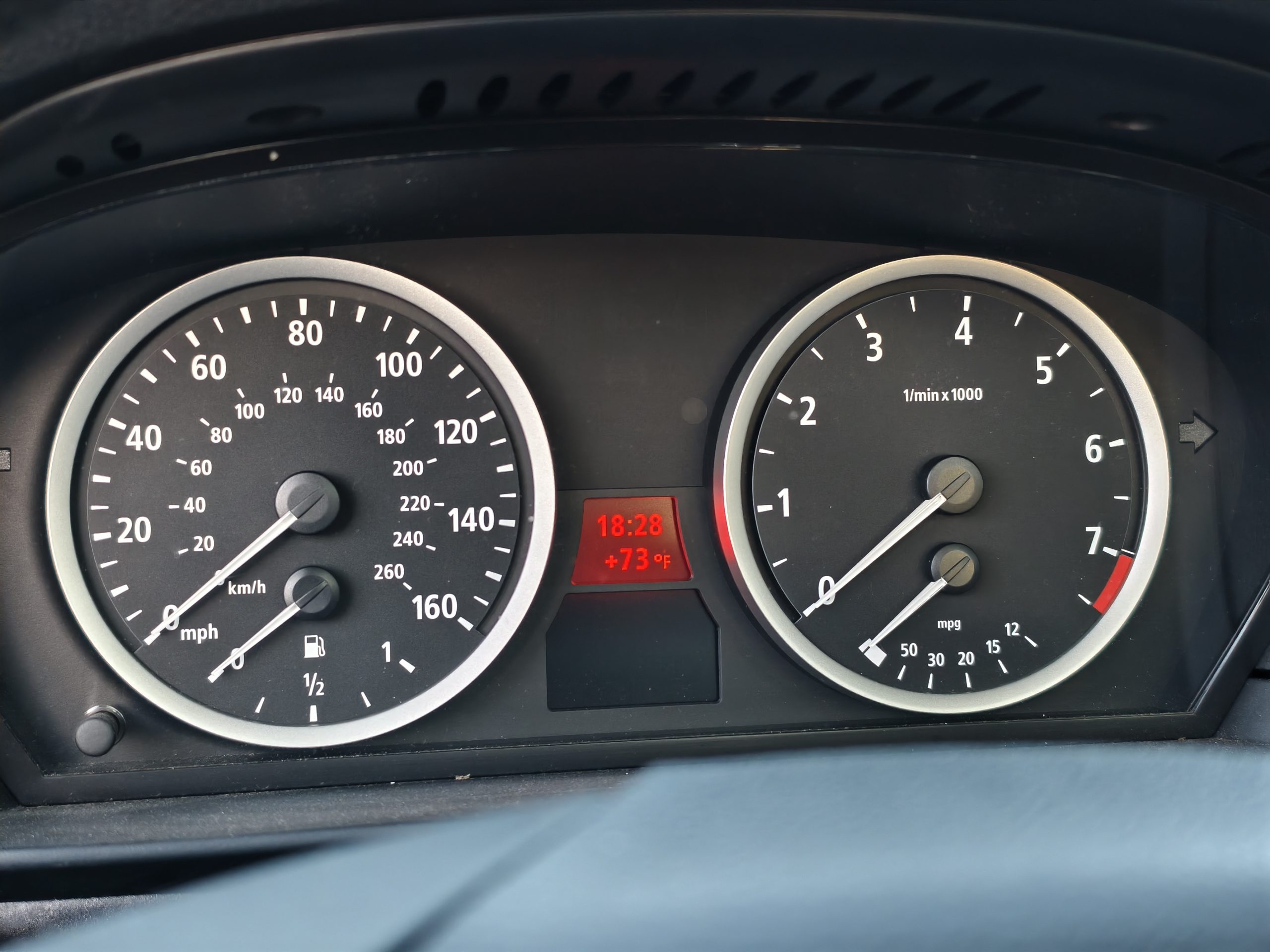
BMW’s clusters from the 2000s are actually my favorite instrument clusters of all time. I adore how BMW’s clusters of the era look like two giant clocks, and they were distilled down to just the information you needed to know. The clocks of a BMW’s interior seriously complement the rest of the vehicle. I also enjoyed how BMW used the digital elements for data that might not be pretty in physical form, like outside temperature, gear, or vehicle mileage.
In other words, BMW’s clocks were a lot like German car design of the era, and they were beautiful without being overwrought.

Yet, I have always found myself curious about a digital speedometer mod ever since I discovered the ID4Motion website more than two years ago. In fact, I’ve had a tab open to the ID4Motion website for more than two years now. You will realize the reason why in a little bit. But first, a little backstory.
ID4Motion’s Clusters
ID4Motion didn’t just come out of nowhere. The company was founded in the early 2010s as an offshoot of ACtronics, a company in the Netherlands that doesn’t just repair damaged instrument clusters and vehicle computers, but uses its talented staff to find defective subcomponents and reengineer them. Basically, the idea is that if you buy a piece of automotive equipment from ACtronics, it’s probably better than the unit your car shipped with from the factory. The company, which is still around today, sees its parts lasting longer than the OEM models do.
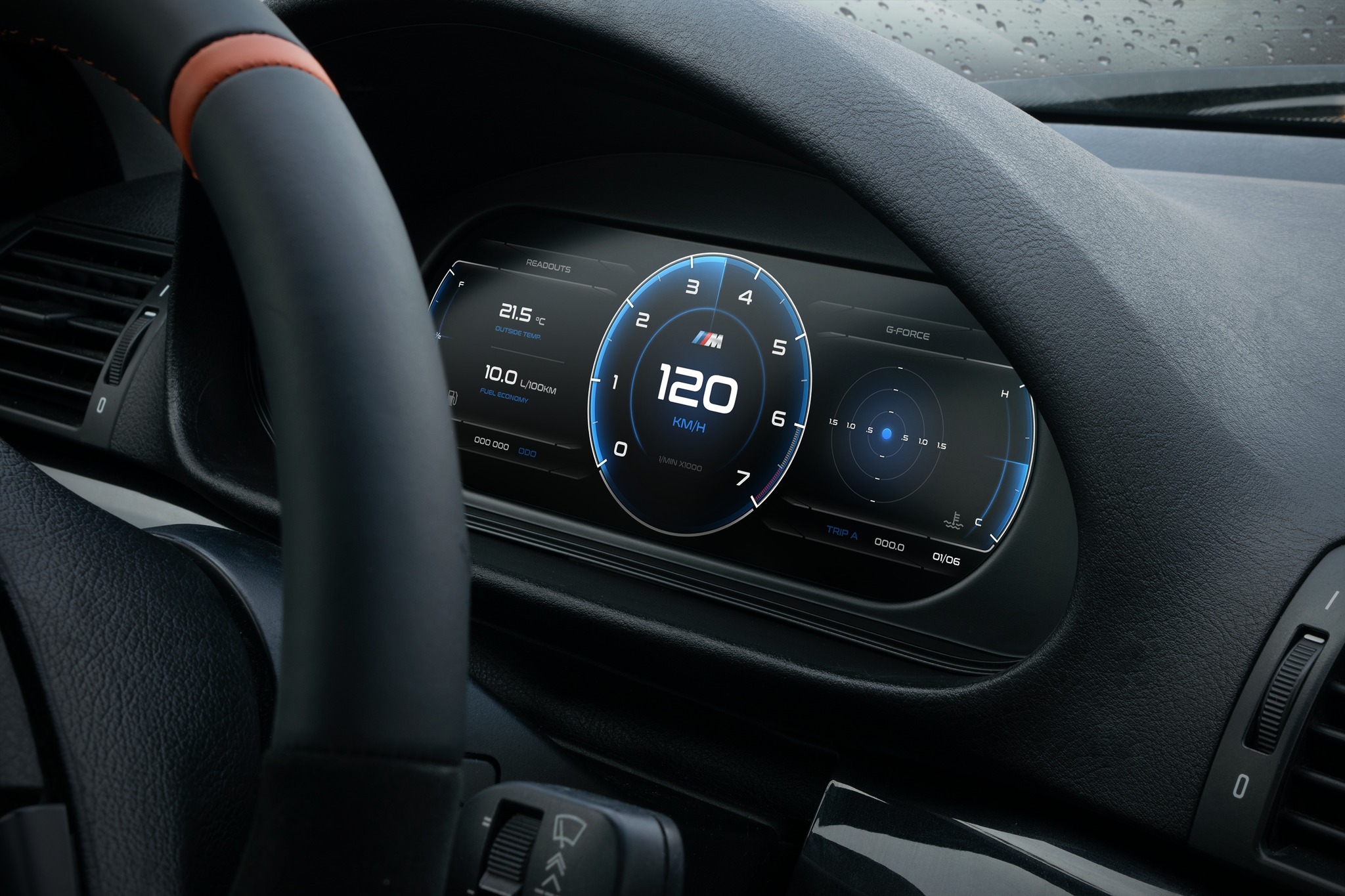
ID4Motion was created within the halls of ACtronics to use the same talent that engineers car electronics to craft a unique instrument cluster modification.
It’s not as crazy as it sounds, either. Even though the BMWs supported by ID4Motion have physical gauges, their connections to the car are entirely digital. Thus, the team is able to take the data that would be used to make your instrument cluster’s needles move and instead just display that information on a screen. Of course, I’m simplifying this to the extreme, but you probably get what I’m talking about here.
ID4Motion’s clusters were incredible pieces of engineering. Yes, these clusters did nothing different than a physical cluster, but just look at the things:

ID4Motion also offered customization options, from different gauge faces and colors to special start up sequences. Supported models was pretty vast, too, with ID4Motion supplying clusters for seemingly most 2000s-era BMWs and even a cluster for the Honda S2000.
I have wanted one of these clusters for a long time, but the problem that I have always run into was that they were very expensive. An ID4Motion cluster easily set you back $1,000 or more depending on customizations. ID4Motion charged extra just to add additional skins to your cluster. $1,000 is a lot to spend on a product that doesn’t improve your vehicle in any meaningful way. It’s also a lot to spend on a car that you might not have even spent more than a few grand on, anyway.

So, I had always just left the ID4Motion tab open on my phone, thinking that one day I’d work up the courage to blow a grand just to play with a digital cluster just for the fun of it. I would later discover that Volkswagen modding communities actually have similar companies that make digital clusters for 2000s-era Volkswagens, but they have the same problem of costing mega bucks.
Sadly, the fun has come to an end, at least for ID4Motion’s fans. A few months ago, ID4Motion told fans that it’s winding down operations and there would be no more new clusters. The company allegedly pointed potential customers to eBay and other marketplaces.
Going Digital
As it turns out, Chinese companies have more or less figured out what ID4Motion and these other companies were doing, possibly copied their clusters, and are punching them out for a fraction of the original price. An ID4Motion-style cluster can be had for between $300 and $500 or so on AliExpress, and it’s the same deal for the Volkswagen digital clusters.
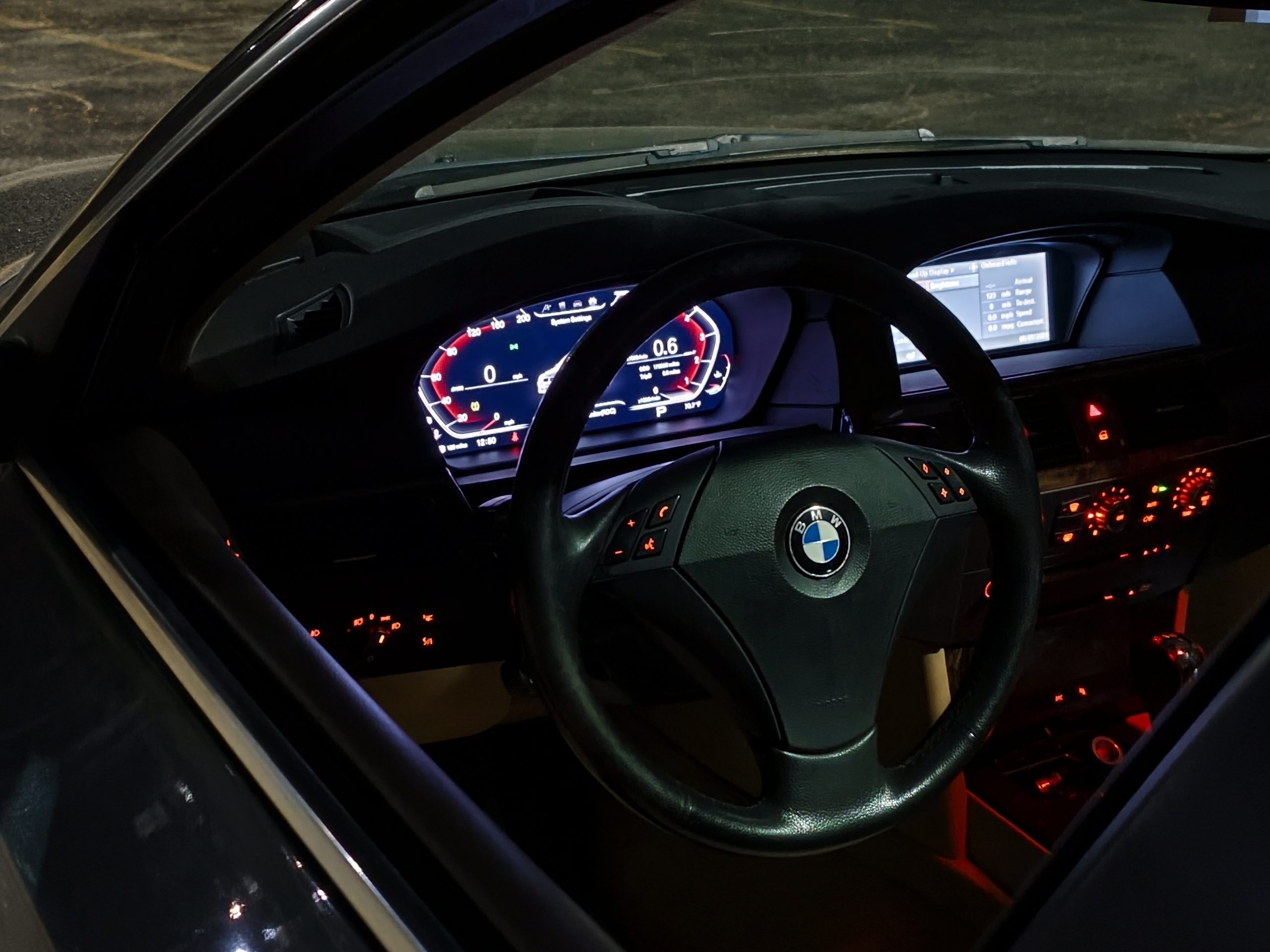
ID4Motion never indicated why it shuttered operations, but I cannot imagine it was easy to compete with companies selling the same product for 50 percent to 70 percent cheaper. That’s especially since the entire purpose of the product was purely cosmetic, anyway.
As much as I would have loved to support ID4Motion, that option is simply not available anymore. So, I held my nose and bought the Chinese cluster.
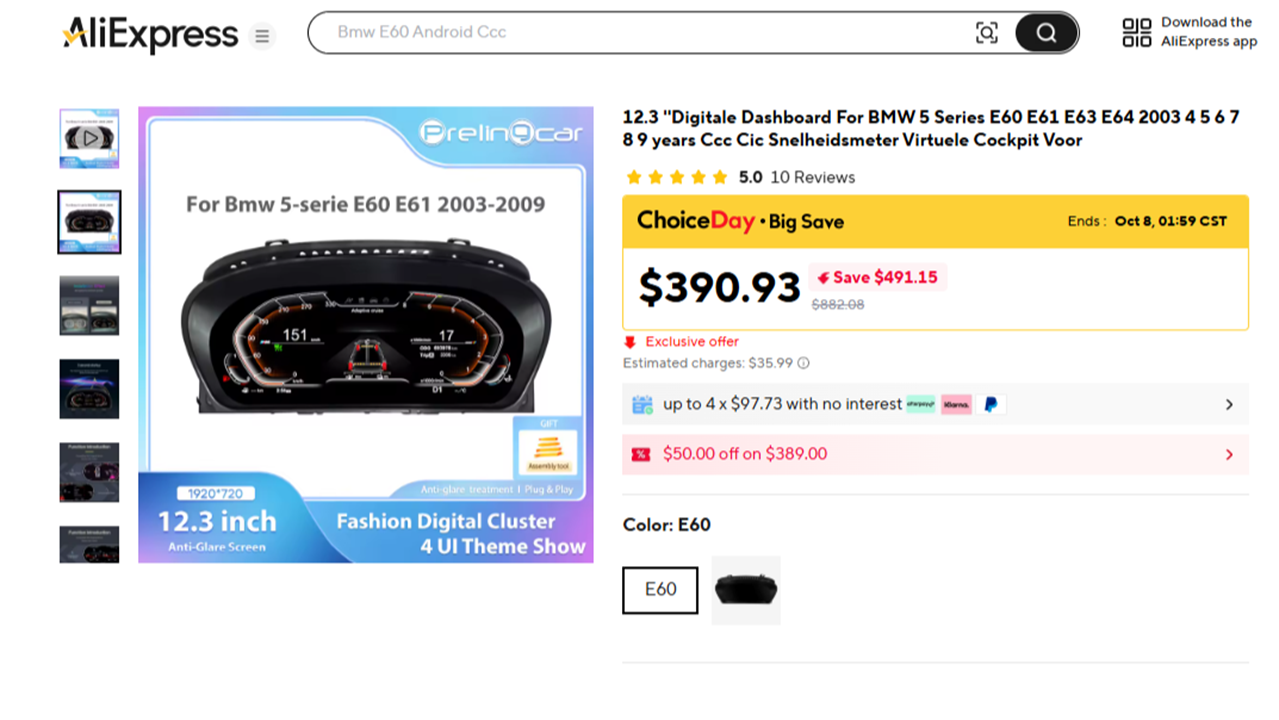
In my case, I bought a cluster from a shop called PrelingCar, which got its clusters from a supplier apparently called Wowuseful. Look, brand names on AliExpress are totally meaningless. The reason why I went with PrelingCar was because the seller claimed to have U.S. stock and, perhaps more importantly, the cluster had 10 reviews from real buyers who posted real pictures. That, to me, told me that I was very likely to get a real product and one that worked.

I paid $404 for my cluster (the current price is $390), and it arrived on my doorstep less than a week later. The seller did not lie; it really did ship from a U.S.-based warehouse!
What was neat was that the cluster came with a free interior trim removal kit, which wasn’t needed, and a T10 Torx driver, which was needed. Installation was crazy easy.


I just removed the two T10 screws holding the original cluster on, pulled the cluster out, and put the digital cluster in its place. It took me about an hour to install the cluster, and a solid 50 minutes of that time was just me wondering if the screen really does go super deep into the hole. The answer is yes. Honestly, it’s a 10-minute job that takes no real skill. Everything is plug-and-play. Watch this linked video or follow the guide on Pelican Parts, and you’ll be fine.
The big question was going to be about quality. China has been selling clone clusters for a few years now, and the early ones were rough. The early ones had non-functional fuel gauges, did not work with the car’s built-in HUD, did not pull odometer information, and did not correctly display rev range. Basically, if your car revved to 8,000 RPM, the cluster went no further than 6,000 RPM. Oh, and the English was full of embarrassing spelling errors.

Thankfully, these clusters are based on Linux, and some more tech-savvy enthusiasts have been able to improve the experience over the years. Likewise, the companies that make these things have also been releasing updates to the software, fixing the spelling errors and other issues. Updating the cluster is as easy as plugging a flash drive into the included data cable.
As such, my cluster doesn’t have any of the issues that people complained about in the past. My cluster shows the correct fuel level, mileage, and rev counter. Likewise, I haven’t found any spelling errors yet. Oh, and my BMW’s HUD still works!

The only problem I’ve had with the cluster thus far is that, since it seems to be based on an old ID4Motion design, the metal arms that secure it to the dashboard are also used to adjust the alignment of the cluster. I didn’t know this at first, and my cluster is ever so slightly crooked. So, I need to go in there and bend the arms slightly to straighten it out. ID4Motion’s newer design seems to have the cluster attach to its plastic surround, which results in a perfect alignment.
Otherwise, the cluster is brilliant. My photos just don’t do it justice. This thing looks stunning in person. It also has all of the core features of the ID4Motion version. There are a few colors and four different gauge faces that you can choose from. The cluster even has a massive built-in database of BMW models, so you can choose the correct picture of your car. I was able to pick out an E61 wagon, but sadly, the closest color my cluster had to my car was gray. That’s just a minor complaint.
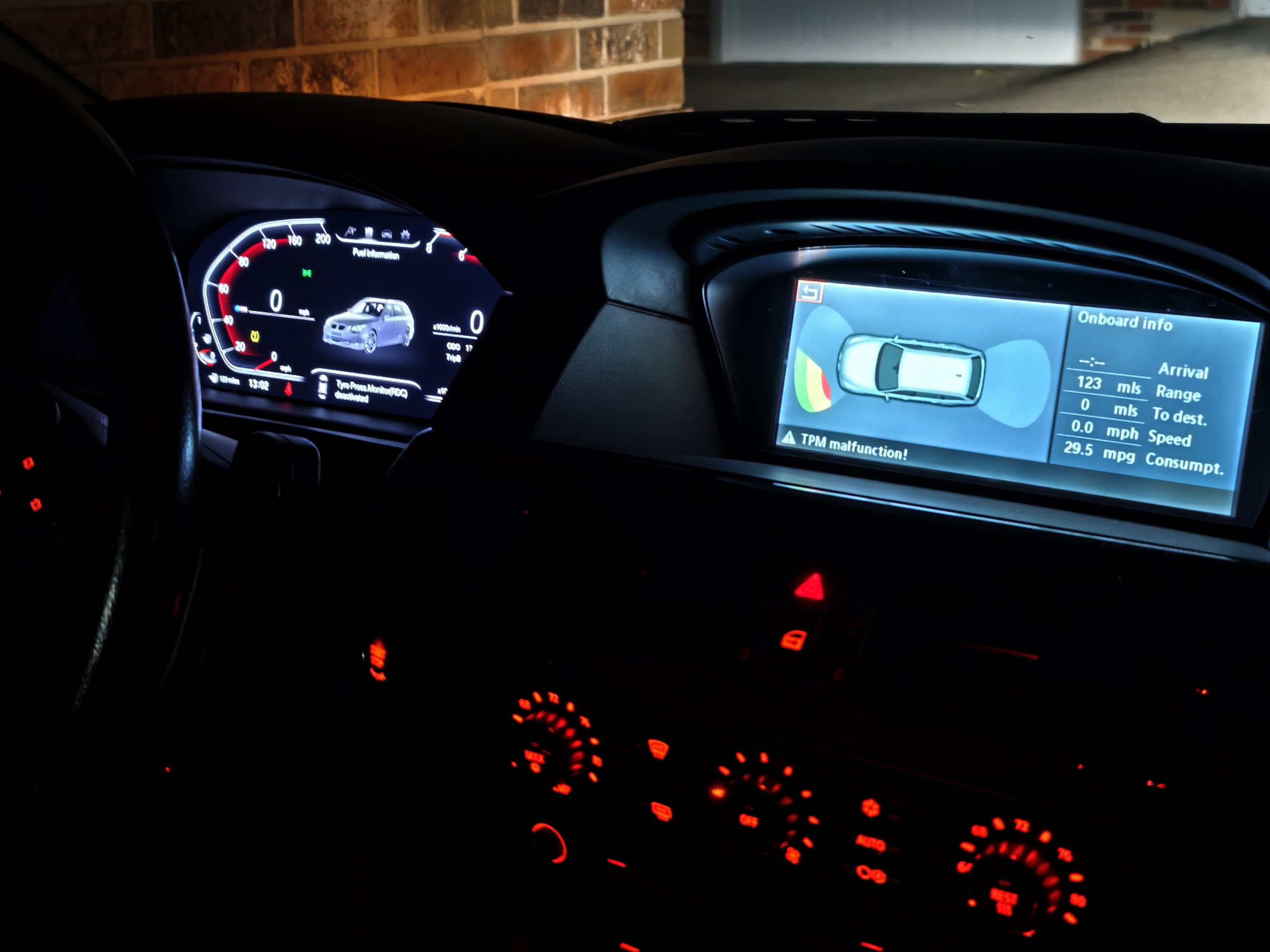
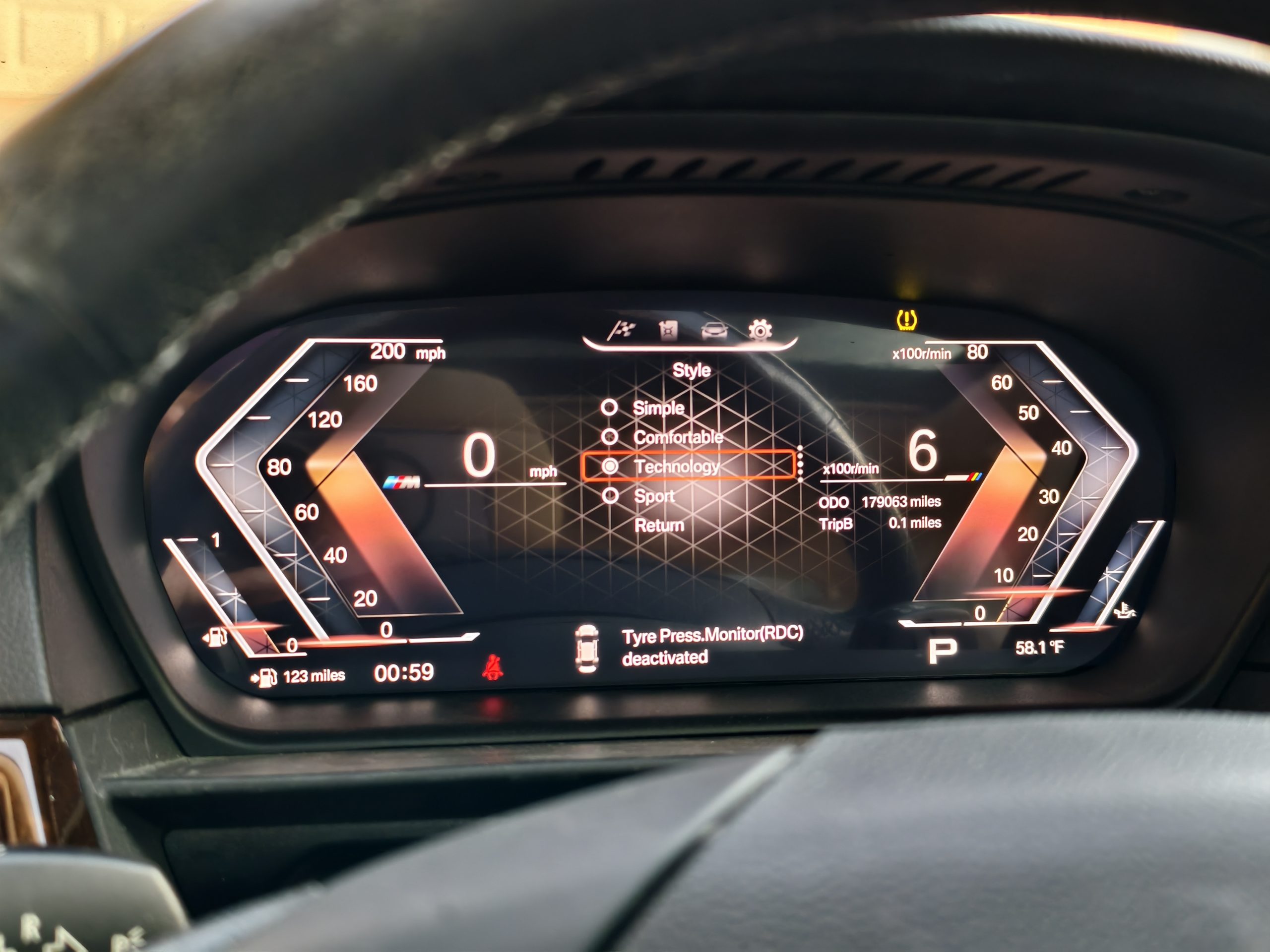
I also do not like how the BMW M logo is in each of the skins. I don’t have an M-car, and I don’t even want to pretend for that to be the case. Apparently, the Chinese clusters do have updates out there that might give you additional skins, but I haven’t fallen into that rabbit hole yet. For now, I’ll just play with what I have.
I’m A Fan
The cluster wakes up the instant I hit the start button, the latency (in this case, the time between me hitting the gas and the tach responding) is good, and the framerate is good, too. This cluster is smoother than the digital clusters that I’ve experienced on a few brand-new Indian motorcycles, which felt like they ran at 15 frames per second. So, I’m not entirely sure how “Wowuseful” made these clusters, but they are not piles of e-waste. They’re actually pretty sweet.
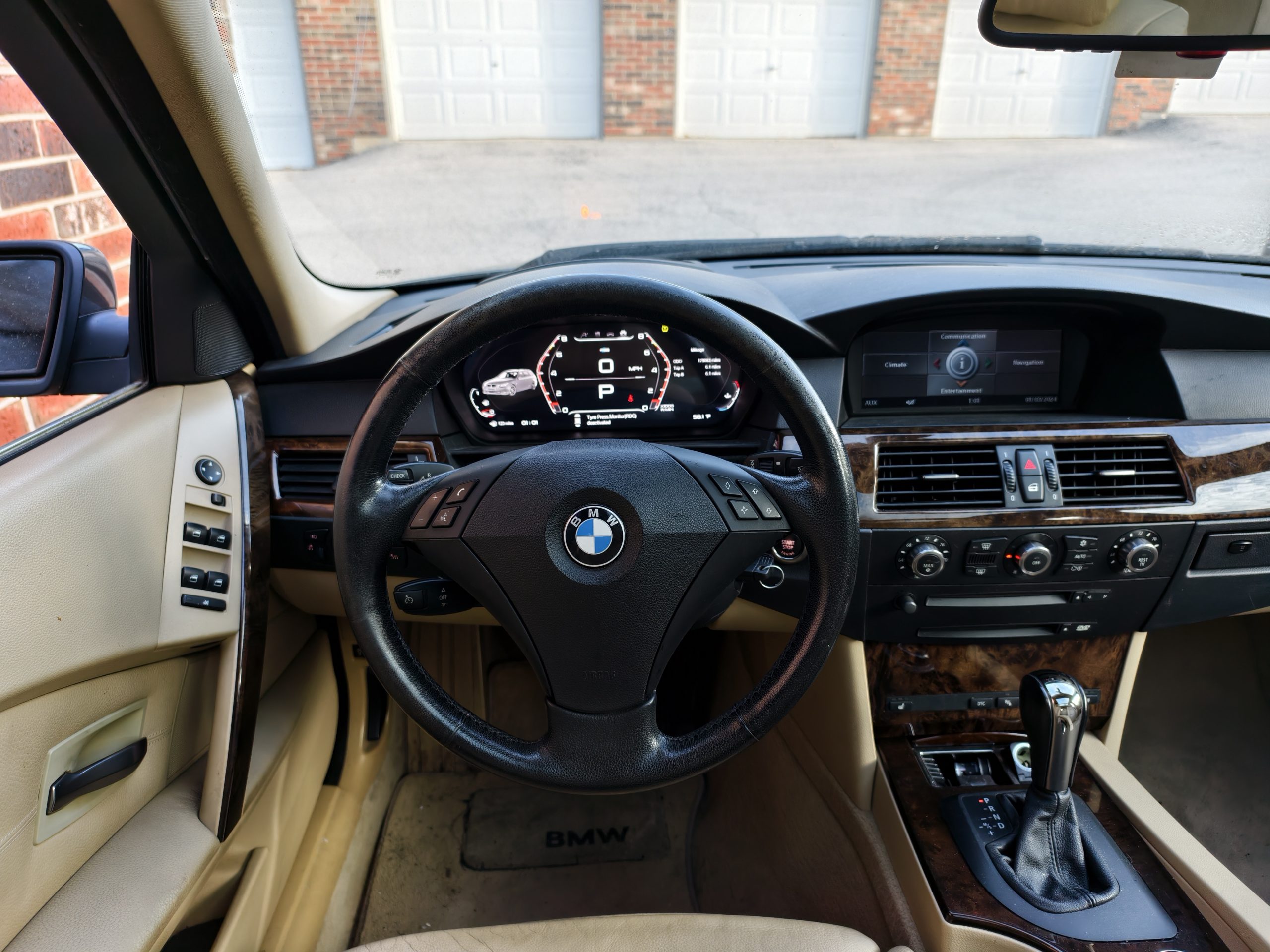

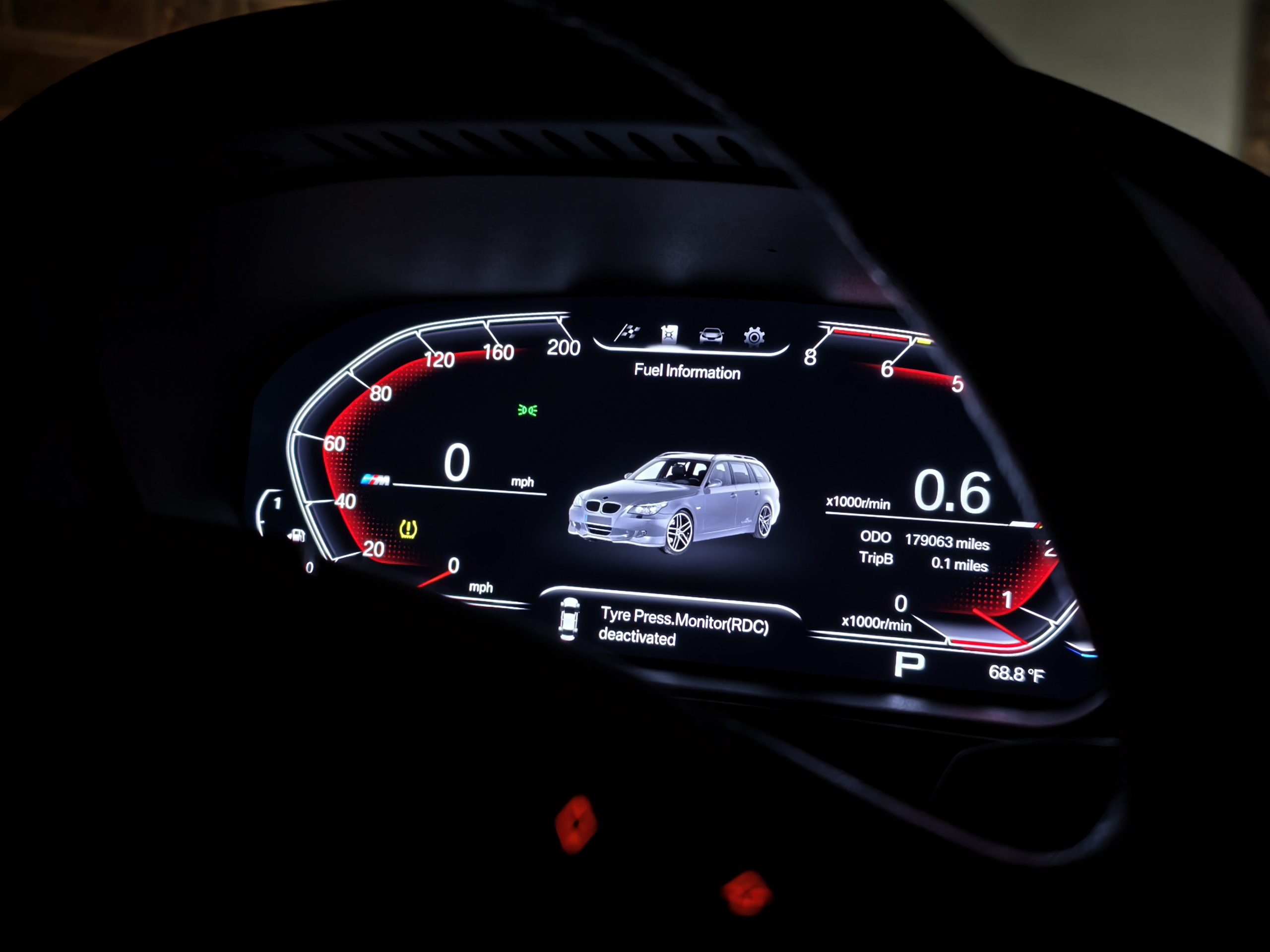
I’ve also found myself in an interesting loop of thought. I dig this cluster and think it makes my BMW feel newer inside, but I wouldn’t have paid $1,000 for it. As a $300 or $400 mod? Yeah, I can stomach that. But I cannot wrap my head around paying four figures for a mod like this. Yet, at the same time, these Chinese units are potentially clones of the ID4Motion units, so is it bad to have purchased one of these? But then again, it’s not like ID4Motion exists anymore. So, I’m not sure about that part of it.
Either way, I’m happy with the cluster. It’s something different and fun, and I think it updates the interior of my car. Do I think you need to do this mod? Absolutely not. I did it just for the giggles, and have kept the original cluster in case I get bored.
However, if you’re like me and like tinkering under your dashboard, I think this could be a cool mod. It takes basically no time at all to install and adds a little flair to the instruments you will spend thousands of miles glancing at. Pair it with the aftermarket Apple CarPlay and Android Auto screens that you can get for these cars, and who needs to buy a new BMW when your old one will feel so fresh? Maybe I’ll install one of those systems in this car and report back.

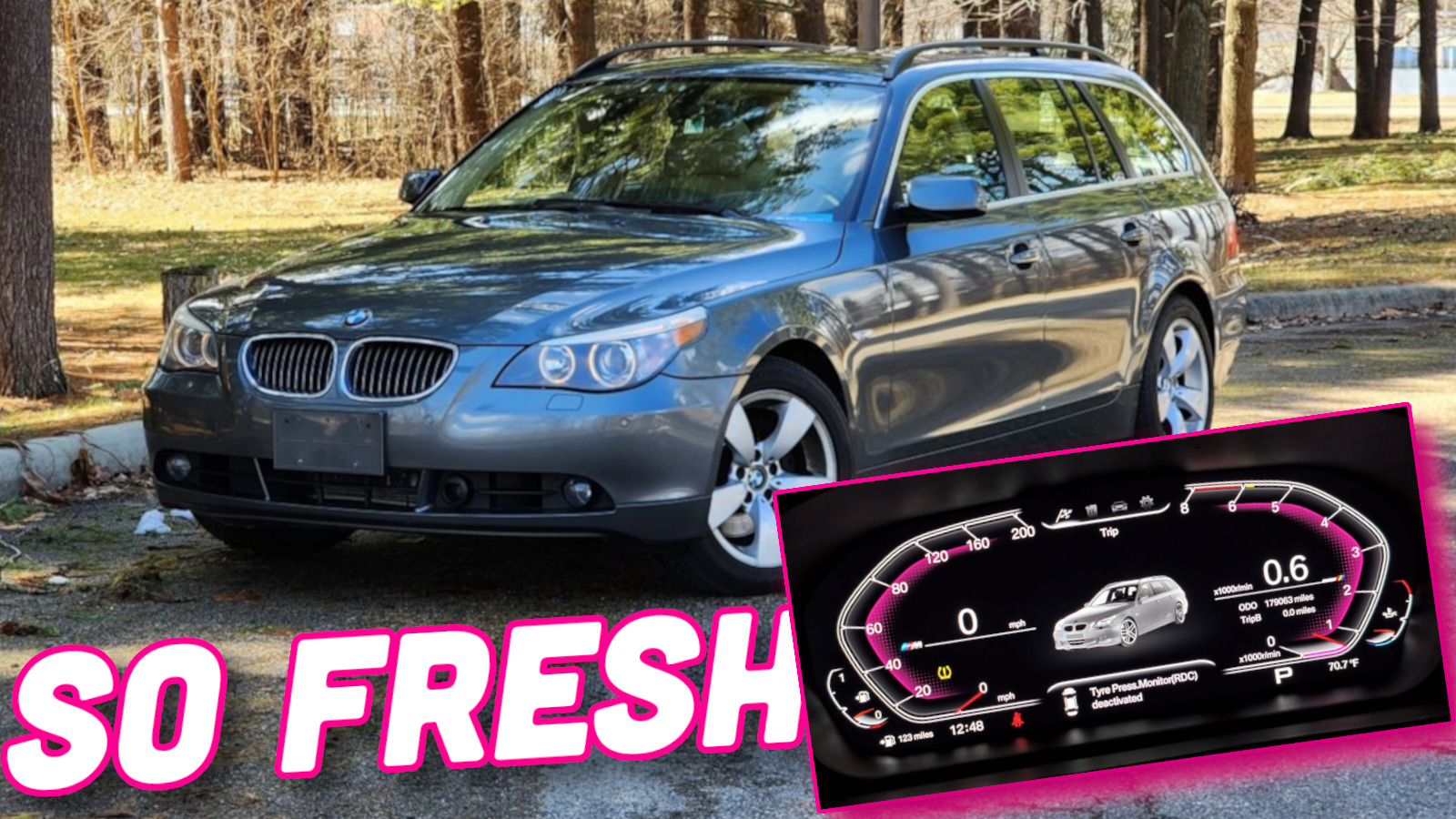





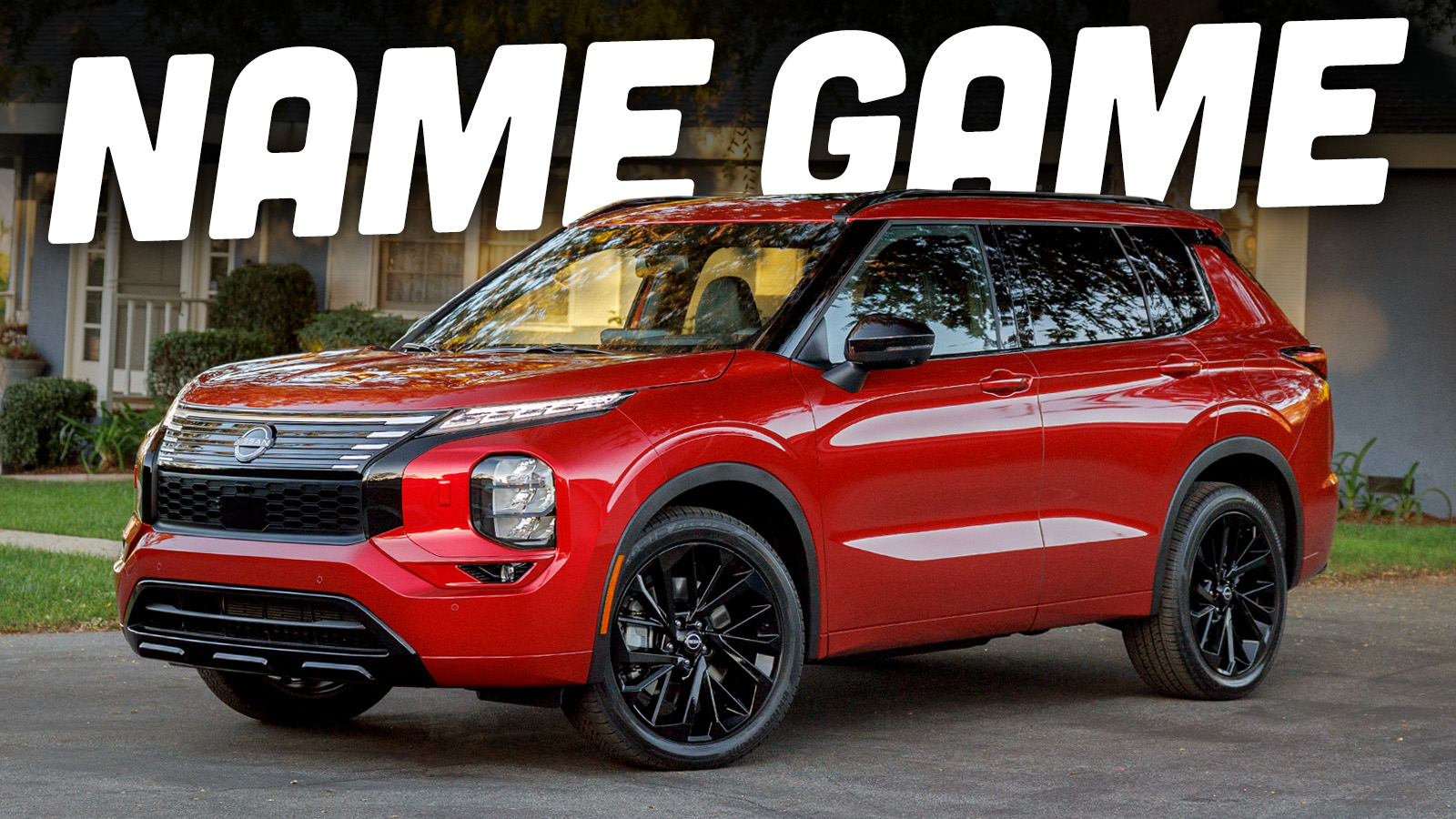
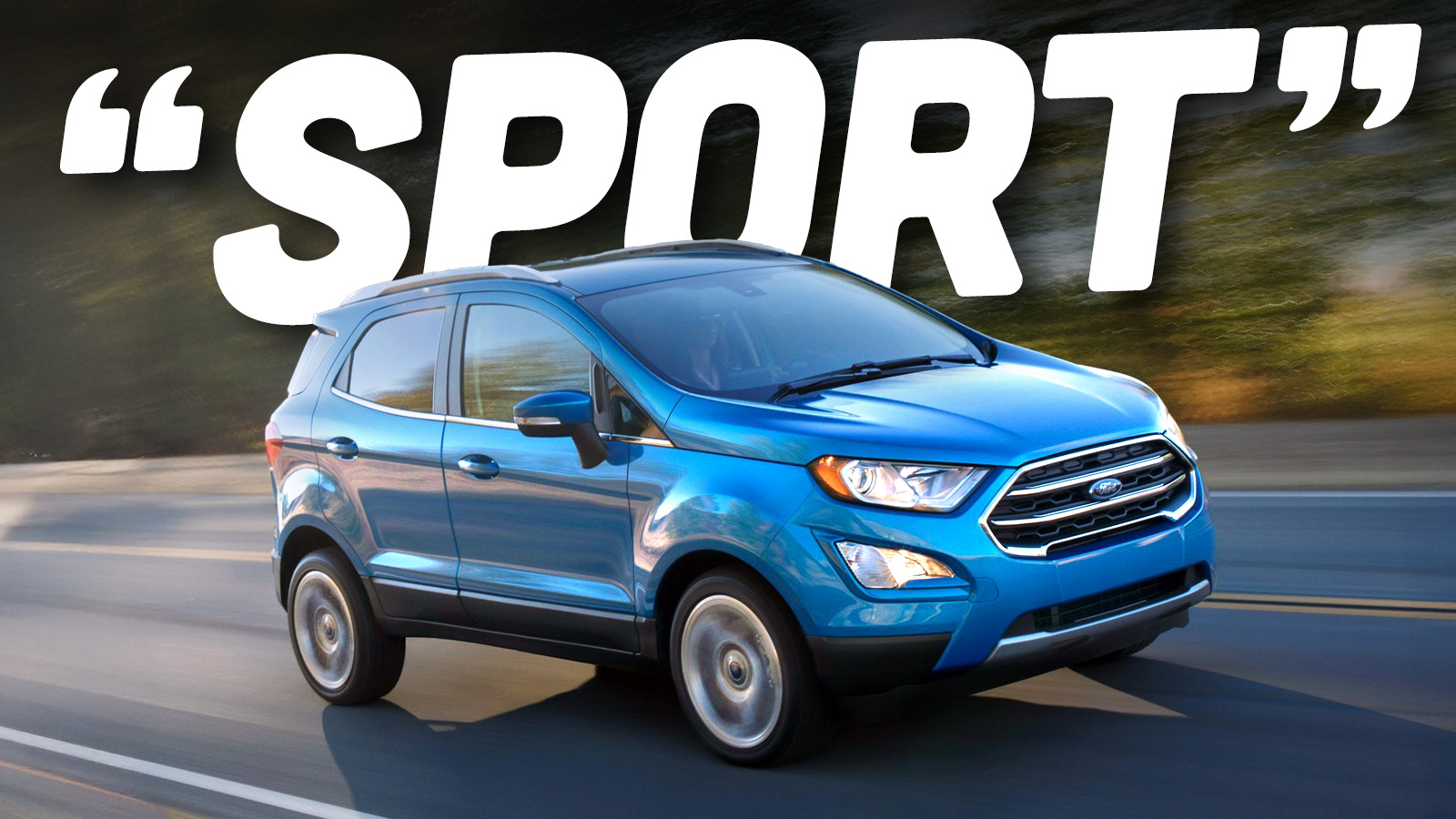
“Wowuseful”
Wow, it’s actually useful! Ha ha
Glad you enjoy it and everything turned out alright
The only thing that matters for screen clusters is the refresh rate. Can the gauges actually keep up? If not, they’re useless.
That you can just get stuff like this nowadays is truly amazing. My Elise’s gauge cluster died due to a particularly hacky way Lotus wired it into the car’s ECU. I attempted to fix it and was unsuccessful and my options were another used cluster (which probably would have the same problem) that would have the wrong mileage or $2000+ for the Lotus-approved digital replacement gauge cluster. Or I could buy the $600 digital one from what I’m pretty sure was a Chinese company pretending to be an Italian company that has a lot more functionality and is easier to read than the Lotus one was anyway.
Same thing with my HVAC/stereo on my X150, which was a terrible touch screen-focused interface from the factory when the car first debuted and I was able to easily swap out with a factory looking full screen that runs a lot faster and has a much better DSP in it; integrating perfectly with the car’s CANBUS system and having the full suite of modern connectivity. And that’s for a car that Jaguar sold, what? 40,000 of over 7 years?
Modding is as old as the Flinstones, go for it but YMMV…
Varying mileage would definitely be a problem with an aftermarket gauge.
I really liked the indigo backlighting on the instrument cluster in my ’01 Jetta.
For a while I worked as part of the HMI UX research and development team at one of the VW group brands. Seeing the guys from the instrument clusters work on this sort of stuff made me realize how much reliability, safety and security engineering has to go into such a thing. So this Chinese offmarket makes me really nervous. Even the potential inconvenience of the system glitching at night and going full white screen at full brightness for a second can be enough to cause a crash, I would not trust having something like that in my car. (I run a BMW i3s.)
Not to mention the car potentially logging that an unknown instrument cluster was connected, potentially because someone wanted to mess with the mileage shown or smth, and other situations.
Does it include a roll of black tape for the CEL light?
Username checks out.
Sorry, couldn’t resist… 😛
More importantly can you change it to say “Danger to Manifold” instead?
All kidding aside…there’d be no technical reason the assembly couldn’t show detailed OBD2 codes and information on the display, instead of just a dumb CEL “light”, which would be pretty neat. Who knows, maybe it does!
I imagine all it takes is the right app.